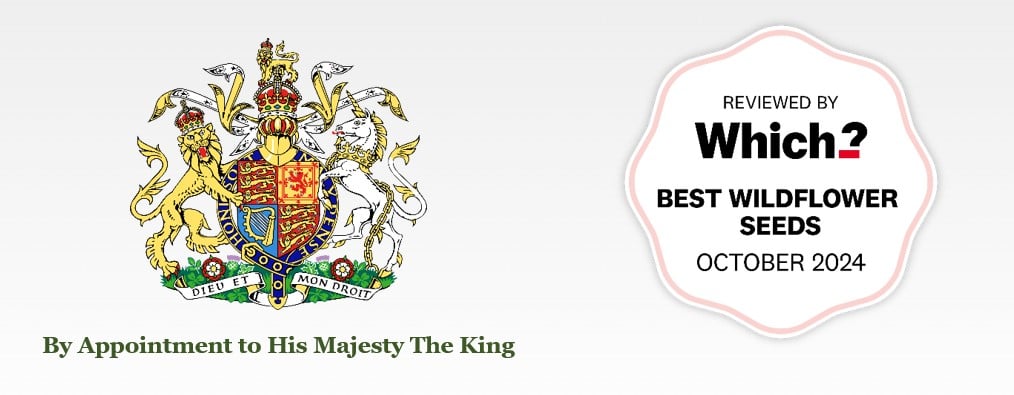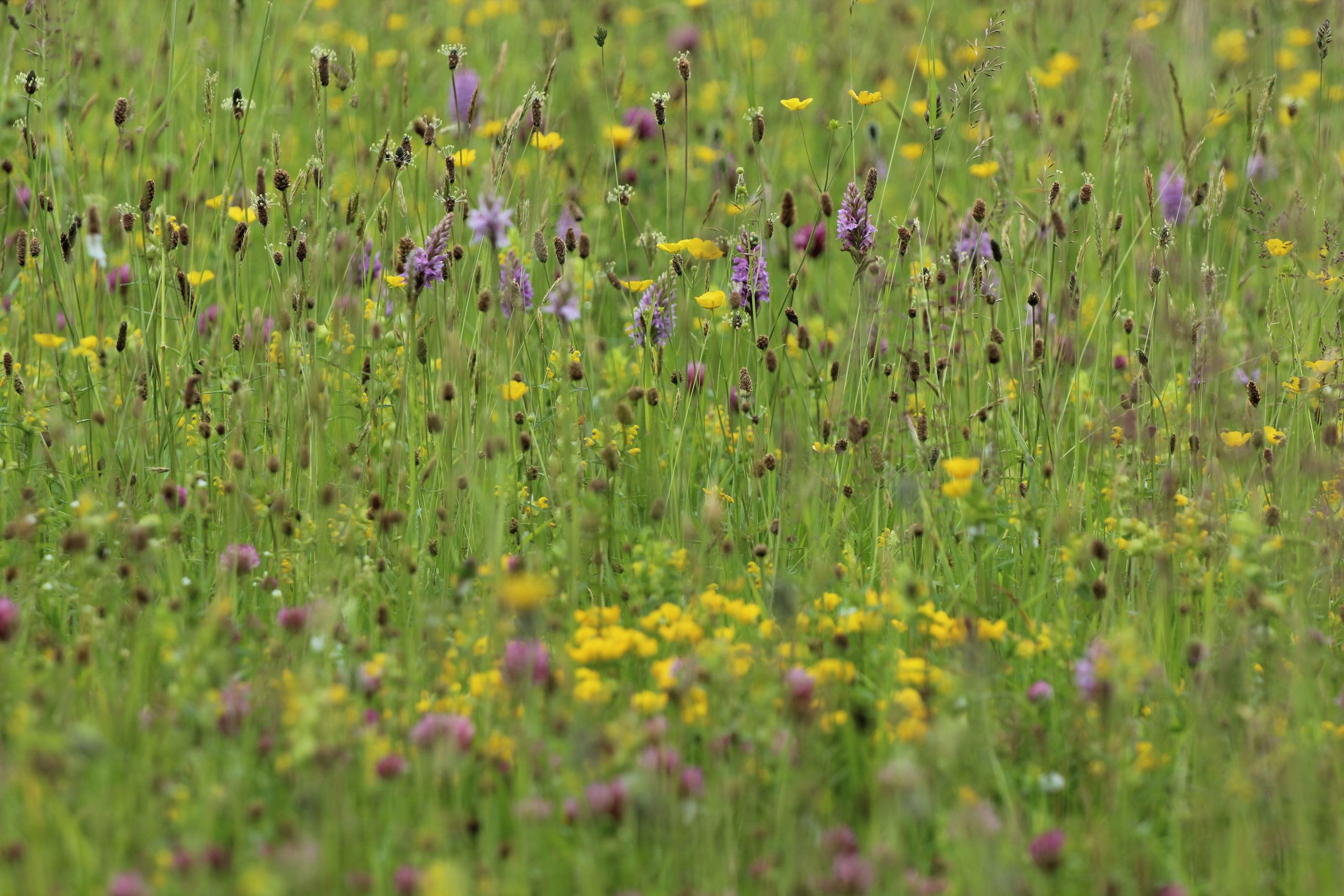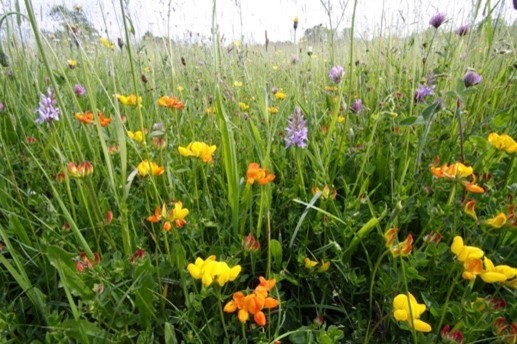Suggested Sowing Rates
40kg/ha 16kg/acre 4g/m2
Description
EM34 is a blend of brush harvested mixtures from many diverse meadows. It contains a large number of native wild meadow species that will adapt to most conditions.
Ground Preparation
Endeavour to select ground that is not highly fertile and does not have a problem with perennial weeds.
Good preparation is essential to success so aim to control weeds and produce a good quality seed bed before sowing. To prepare a seed bed first remove weeds using repeated cultivation then plough or dig to bury the surface vegetation, harrow or rake to produce a medium tilth, and roll, or tread, to produce a firm surface.
Sowing
Seed is best sown in the autumn or spring but can be sown at other times of the year if there is sufficient warmth and moisture. The seed must be surface sown and can be applied by machine or broadcast by hand. To get an even distribution and avoid running out divide the seed into two or more parts and sow in overlapping sections. Do not incorporate or cover the seed, but firm in with a roll, or by treading, to give good soil/seed contact.
First Year Management
Most of the sown meadow species are perennial and are slow to establish. Soon after sowing there will be a flush of annual weeds, arising from the soil seed bank. These weeds can look unsightly, but they will offer shelter to the sown seedlings, are great for bugs, and they will die before the year is out. So resist cutting the annual weeds until mid to late summer, especially if the mixture contains Yellow Rattle, or has been sown with a nurse of cornfield annuals. Then cut, remove and compost, early August is a good time. This will reveal the young meadow, which can then be kept short by grazing or mowing through to the end of March of the following year. Dig out any residual perennial weeds such as docks.
Management Once Established
In the second and subsequent years EM35 sowings can be managed in a number of ways which, in association with soil fertility, will determine the character of the grassland. On poor shallow soils one or two cuts at the end of the summer, or occasional light grazing, may be all that is required to maintain diversity and interest.
On deeper soils best results are usually obtained by traditional meadow management based around a main summer hay cut in combination with autumn and possibly spring mowing or grazing. Meadow grassland is not cut or grazed from spring through to late July/August to give the sown species an opportunity to flower.
After flowering in July or August take a ‘hay cut’: cut back with a scythe, petrol strimmer or tractor mower to c 50mm. Leave the ‘hay’ to dry and shed seed for 1-7 days then remove from site. Mow or graze the re-growth through to late autumn/winter to c 50mm and again in spring if needed.



